Rescue Knot Guidance
Search and Rescue operations demand reliable knots that can be tied quickly under pressure and in adverse conditions. These knots are essential for rescuers to secure victims, manage ropes efficiently, and ensure safety during emergency operations.
1. Joining Two Ropes
These knots securely join two ropes together, which is essential during rescue operations when longer lines are needed. Always leave at least 15 cm (6 inches) for free ends and ensure they run parallel to the standing parts.
Recommended Knots
2. Essential Rescue Loops
These knots create secure loops that can be used to attach to victims, anchors, or equipment. They are fundamental for any rescue operation and should be practiced until they can be tied quickly and confidently.
Recommended Knots
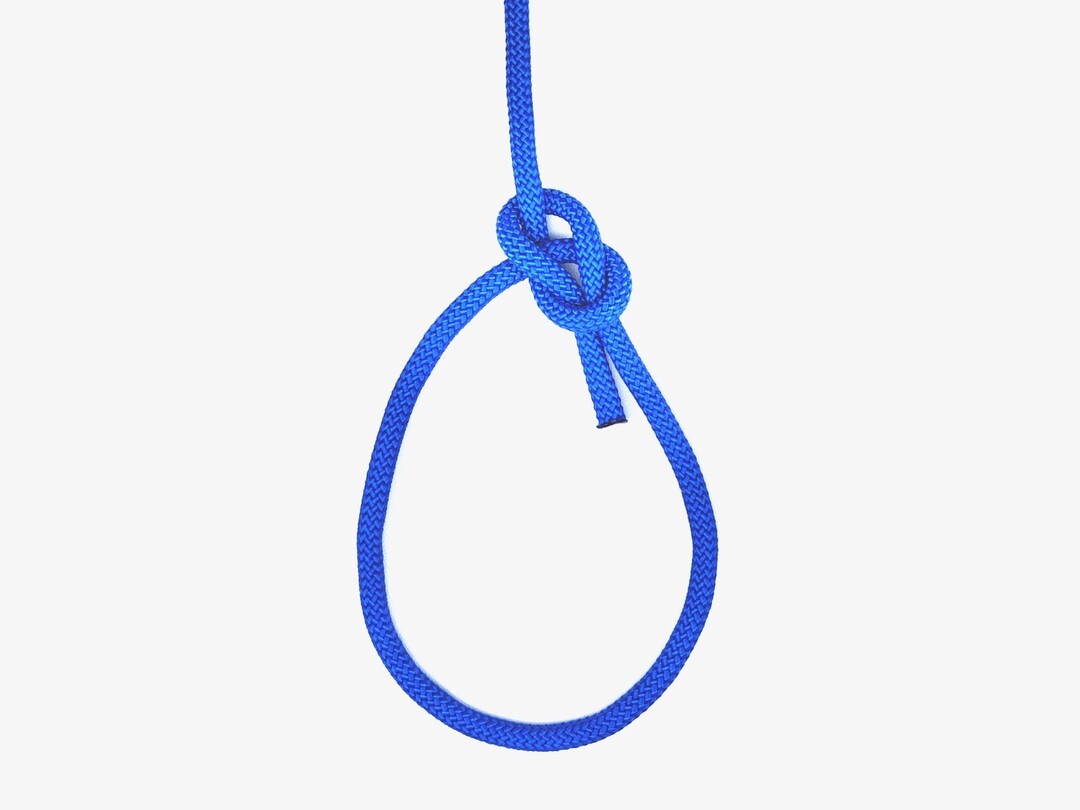
Bowline (One Hand)
Creates a secure loop with one hand.
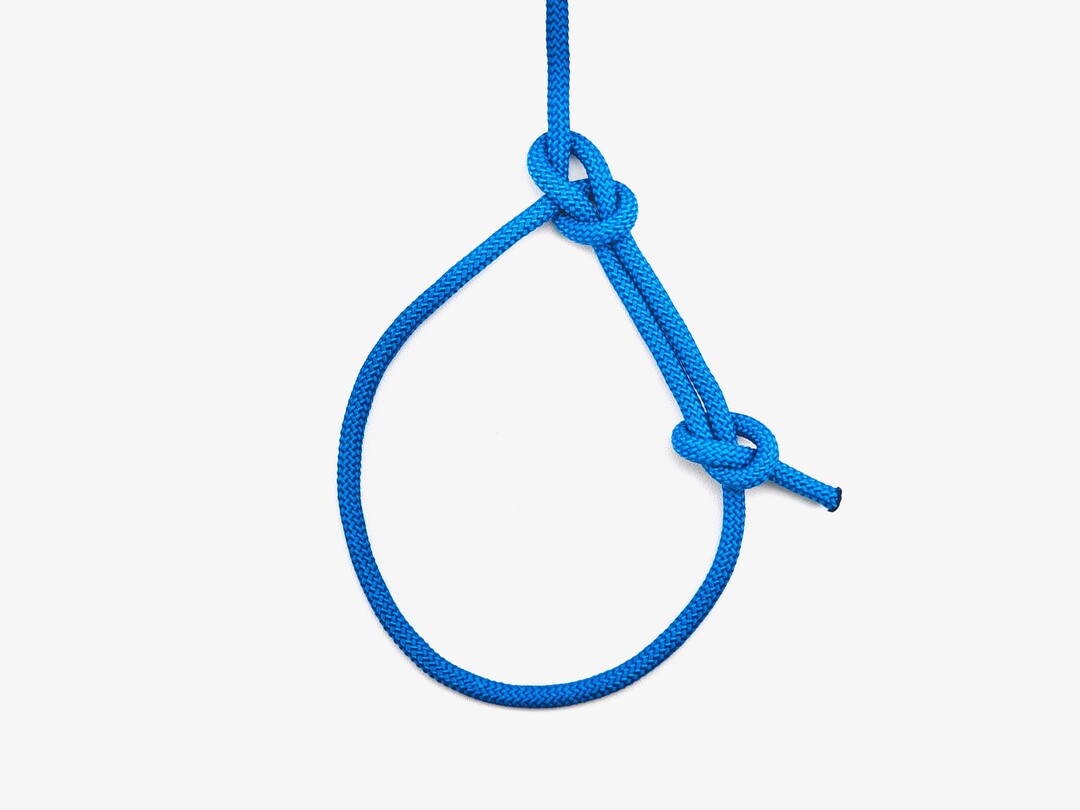
Bowline with Stopper
Secure loop knot with an overhand stopper.
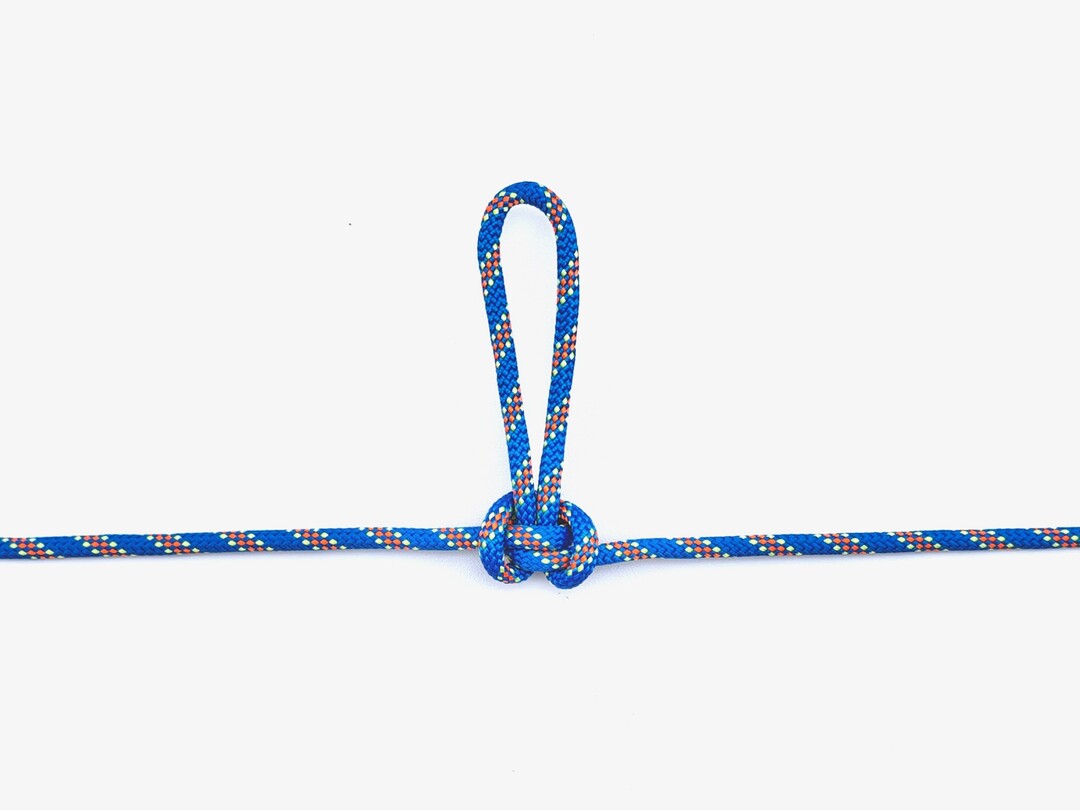
Alpine Butterfly Loop
Secure mid-rope loop for climbing and rescue
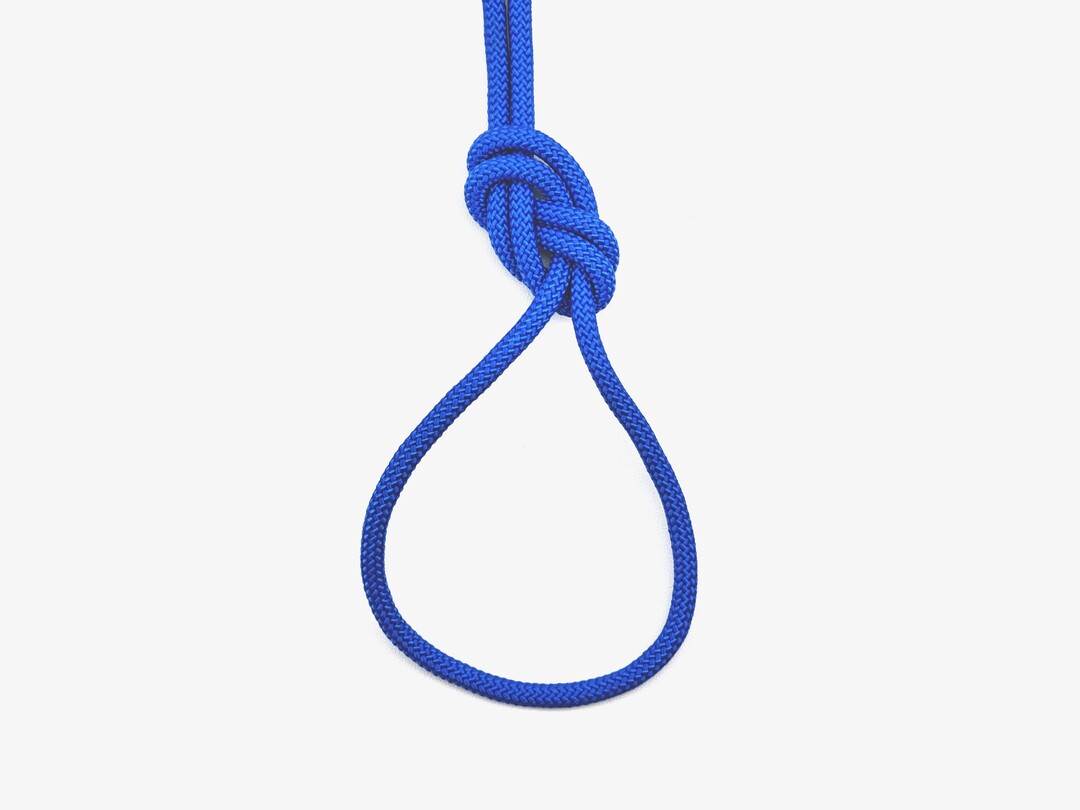
Figure-Eight Loop
Secure loop for climbing and rescue.

Figure 8 Directional Loop
Secure mid-rope loop for one-directional loads
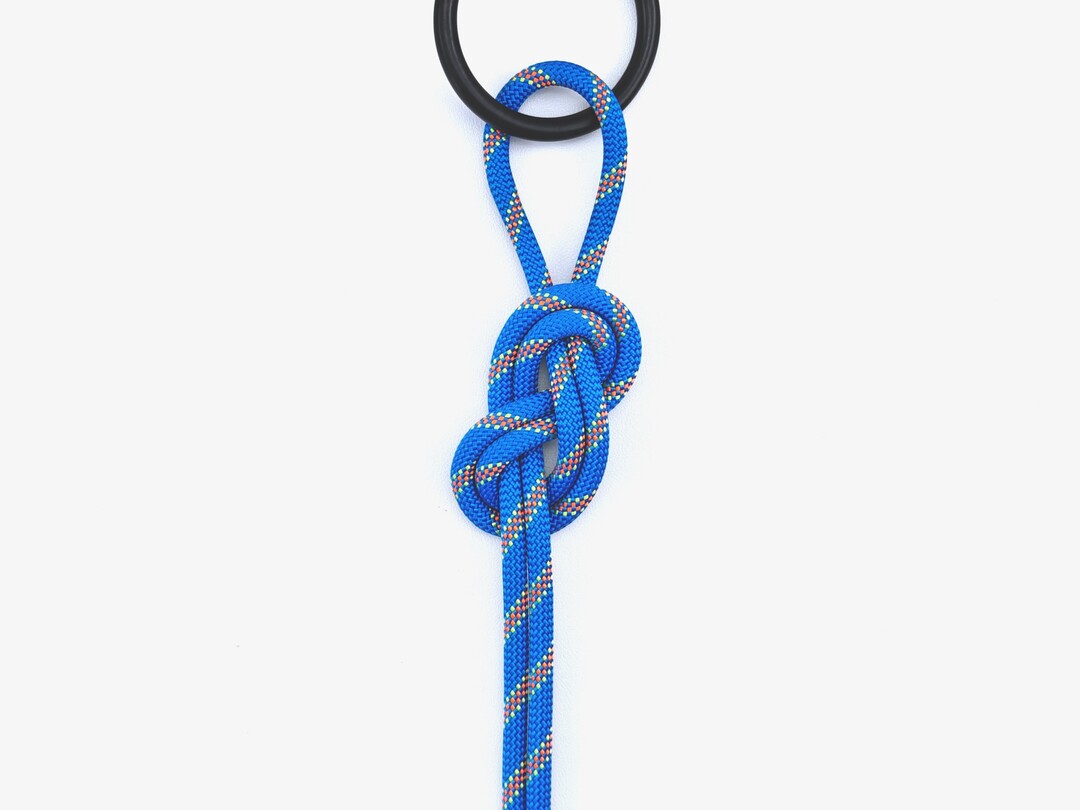
Figure Eight Follow Through
Secures rope to harness or anchor in climbing.
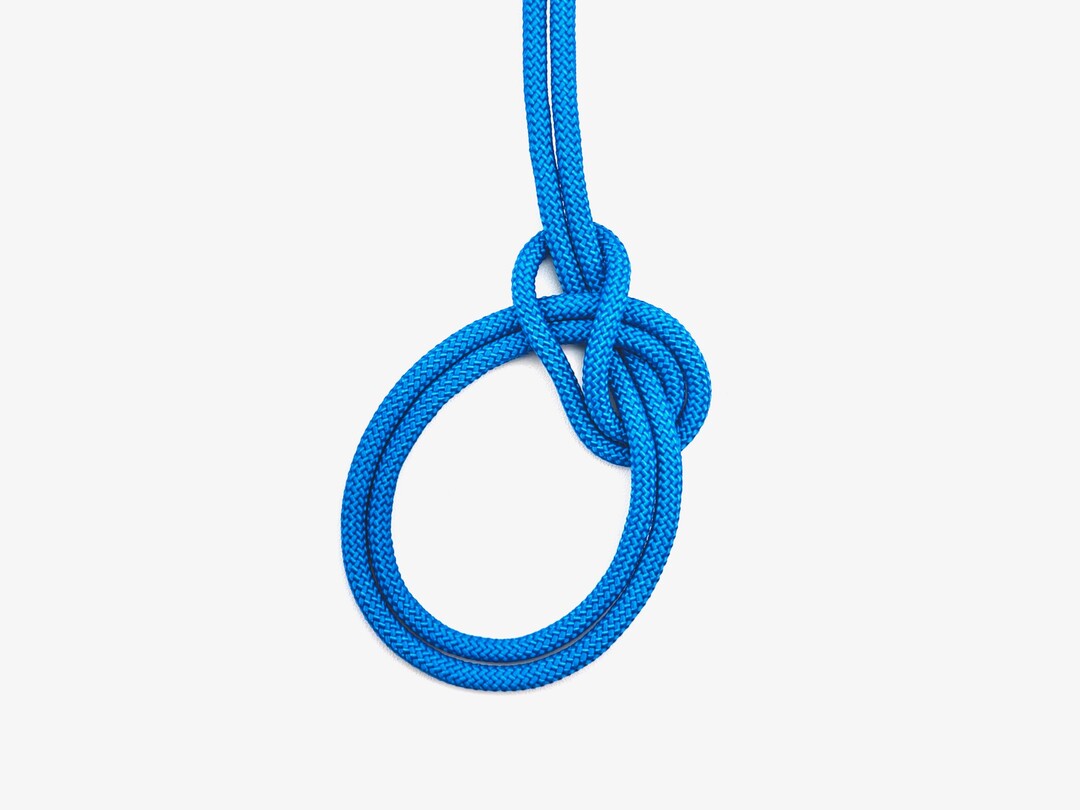
Bowline on the Bight
Creates two secure loops in the middle of a rope.
3. Victim Rescue Knots
These specialized rescue knots create secure seats or harnesses for victims. They allow rescuers to safely lift or lower people during evacuation operations while distributing the load to prevent injury.
Recommended Knots
4. Friction and Control Knots
These knots allow controlled movement along a rope when not under tension but grip firmly when loaded. They are crucial for both rescuer mobility and as safety backups during rescue operations.
Recommended Knots
5. Hitches and Anchoring
These knots secure ropes to objects, creating anchor points or enabling the movement of equipment. They're essential for setting up rescue systems quickly and efficiently.
Recommended Knots
6. Rope Management
Proper rope management prevents tangling and allows for quick deployment in emergency situations. These methods ensure ropes are ready when seconds count.
Recommended Knots
All Rescue Knots
A complete collection of knots commonly used in rescue activities.

Alpine Butterfly Loop
Secure mid-rope loop for climbing and rescue

Bowline (One Hand)
Creates a secure loop with one hand.

Bowline on the Bight
Creates two secure loops in the middle of a rope.

Bowline with Stopper
Secure loop knot with an overhand stopper.
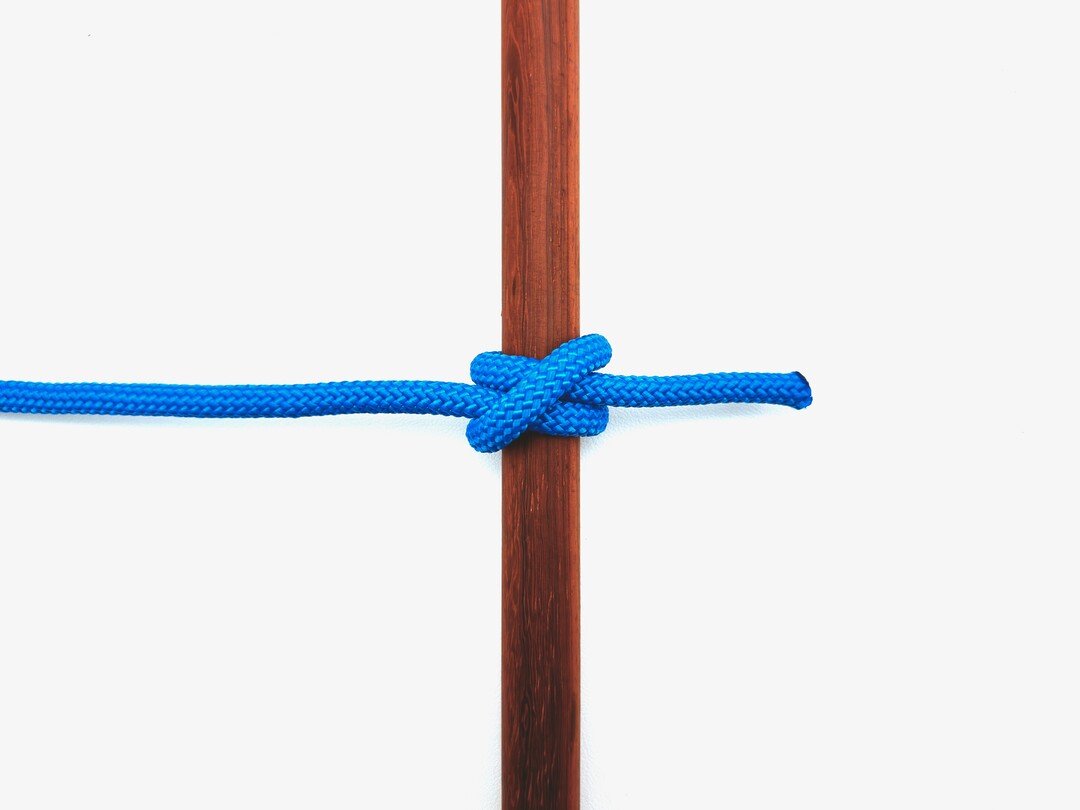
Clove Hitch (Rope End)
Secures ropes to posts or spars in outdoor activities.
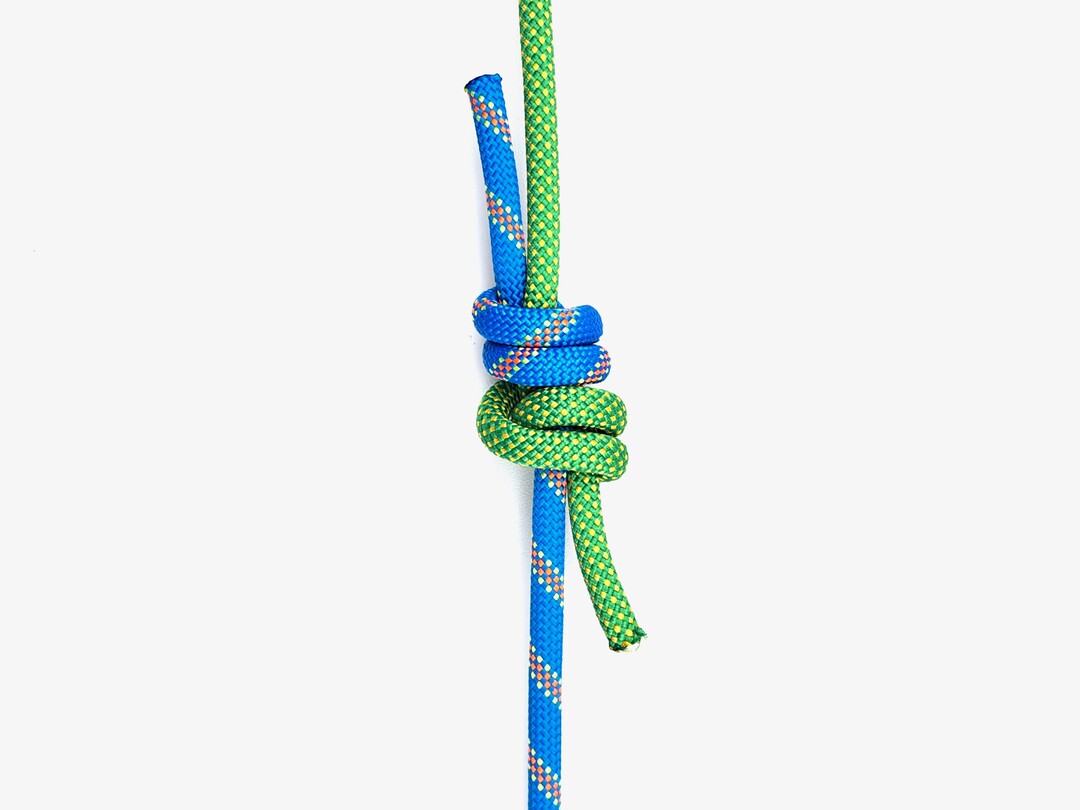
Double Fisherman's Knot
Securely joins two ropes of similar size.
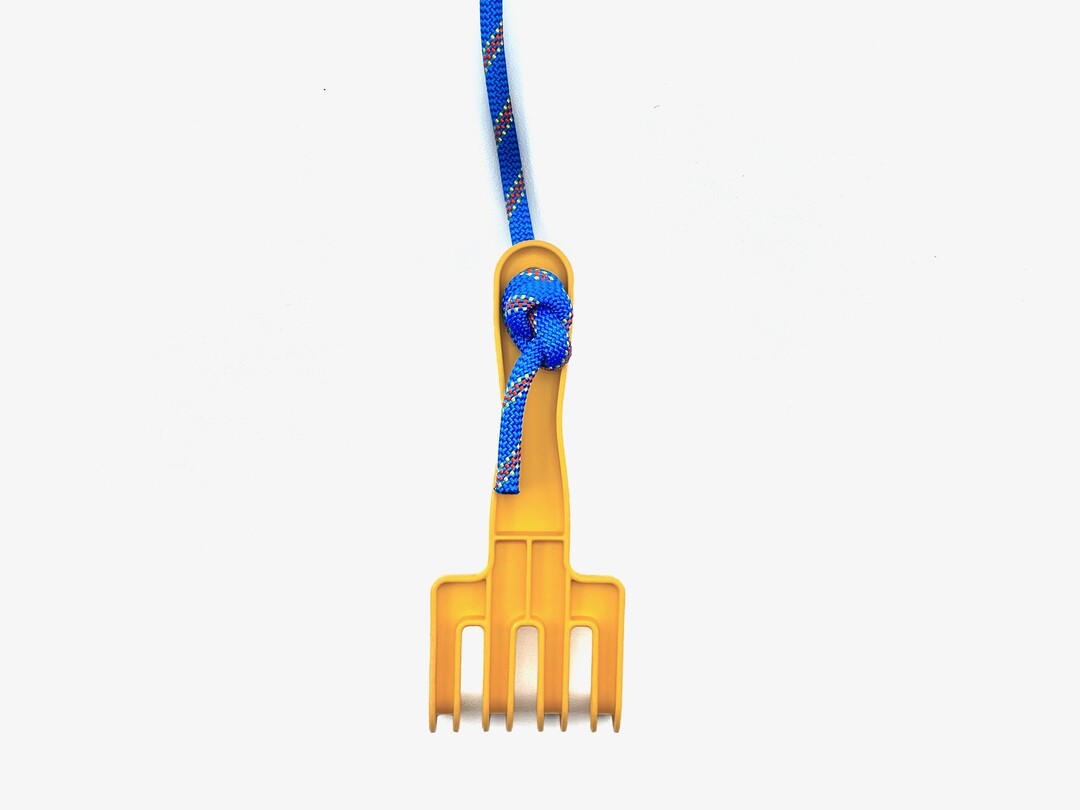
Double Overhand Knot
Secure stopper knot, difficult to untie.
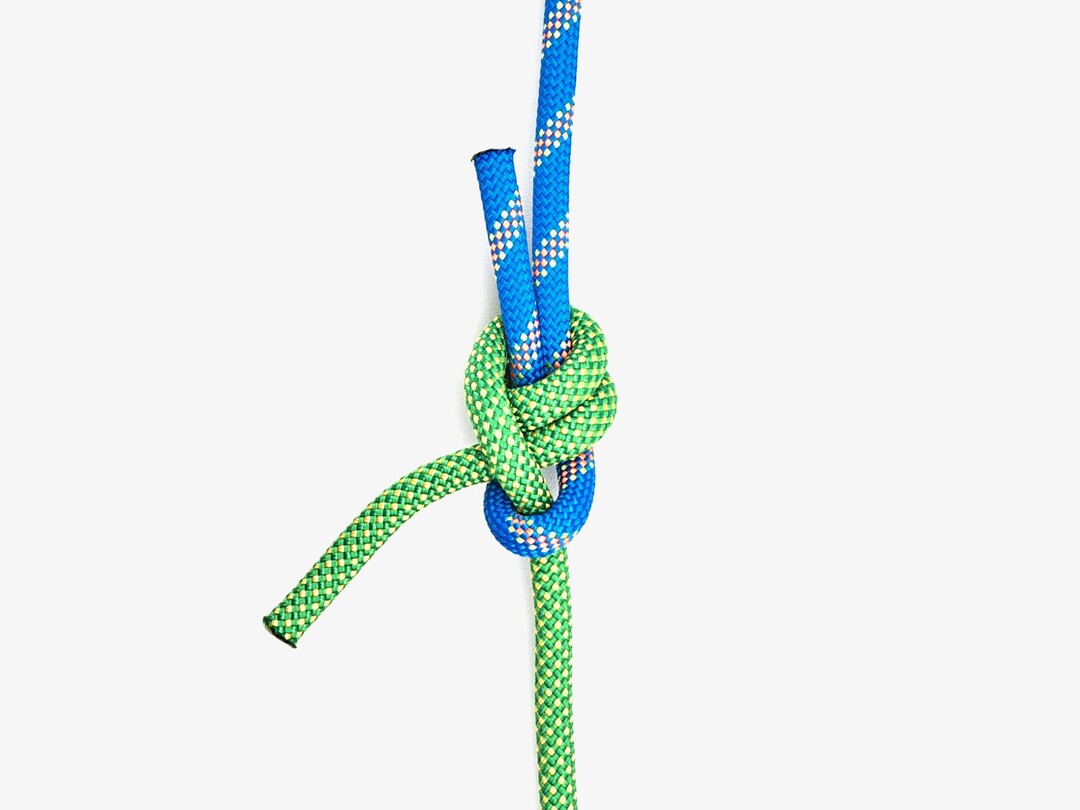
Double Sheet Bend
Joins ropes of unequal thickness securely.

Figure 8 Directional Loop
Secure mid-rope loop for one-directional loads
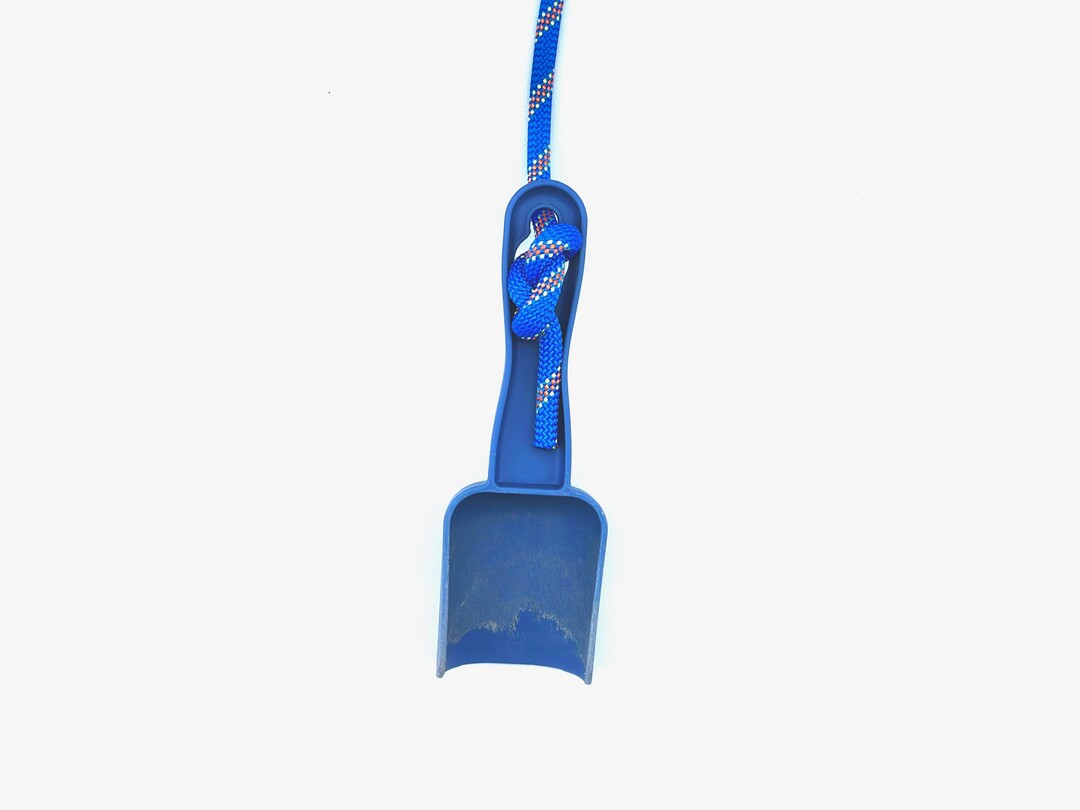
Figure Eight
Reliable stopper knot for ropes.

Figure Eight Follow Through
Secures rope to harness or anchor in climbing.

Figure-Eight Loop
Secure loop for climbing and rescue.
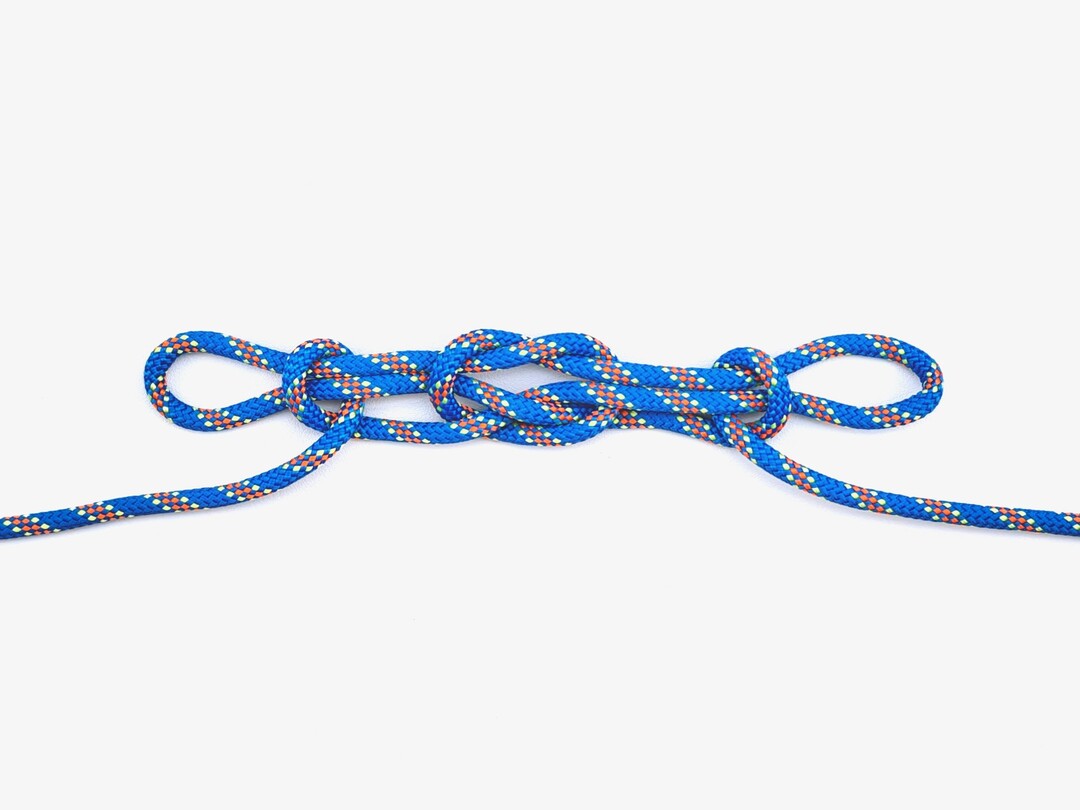
Fireman's Chair
Rescue knot for controlled descent with dual loops.
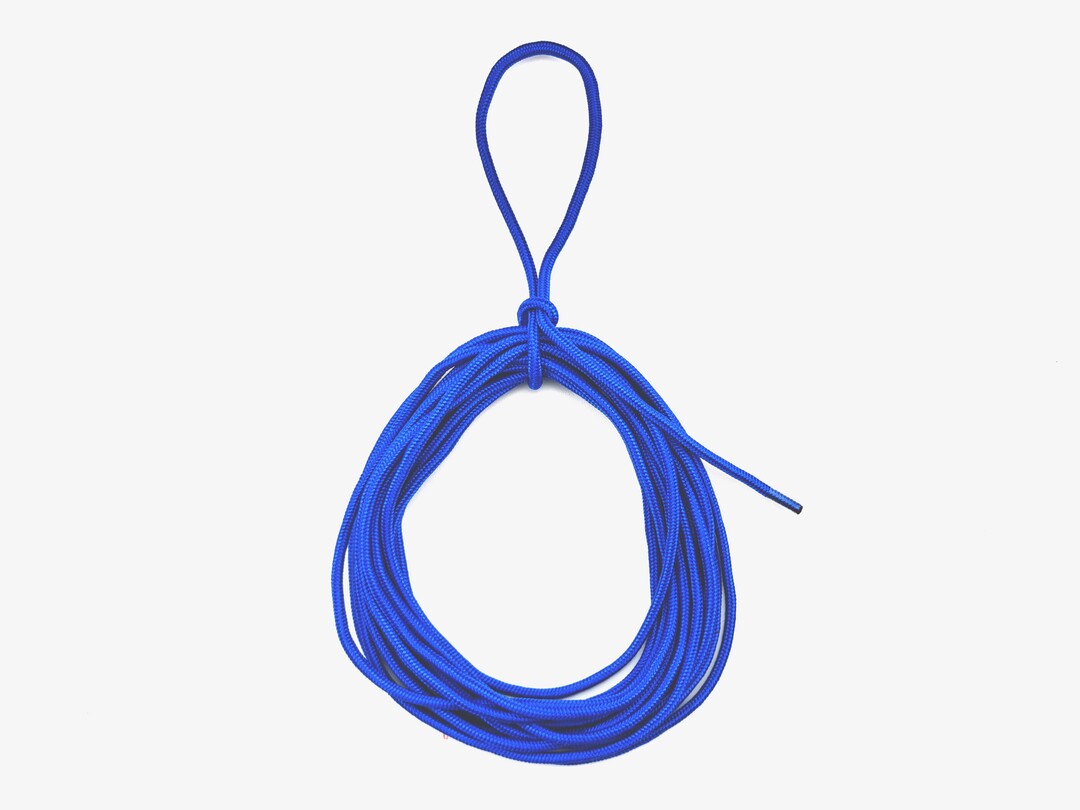
Fireman's Coil
Efficient rope storage with quick-release loop.
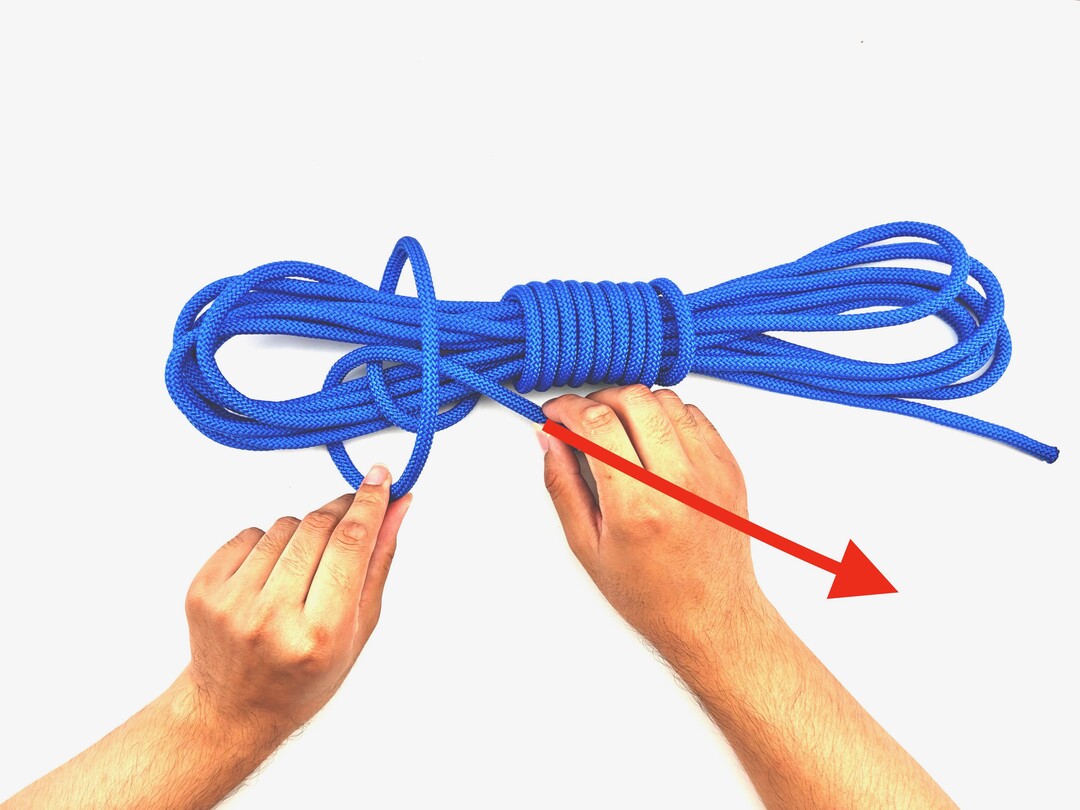
Gasket Coil
Neat rope storage preventing tangles.
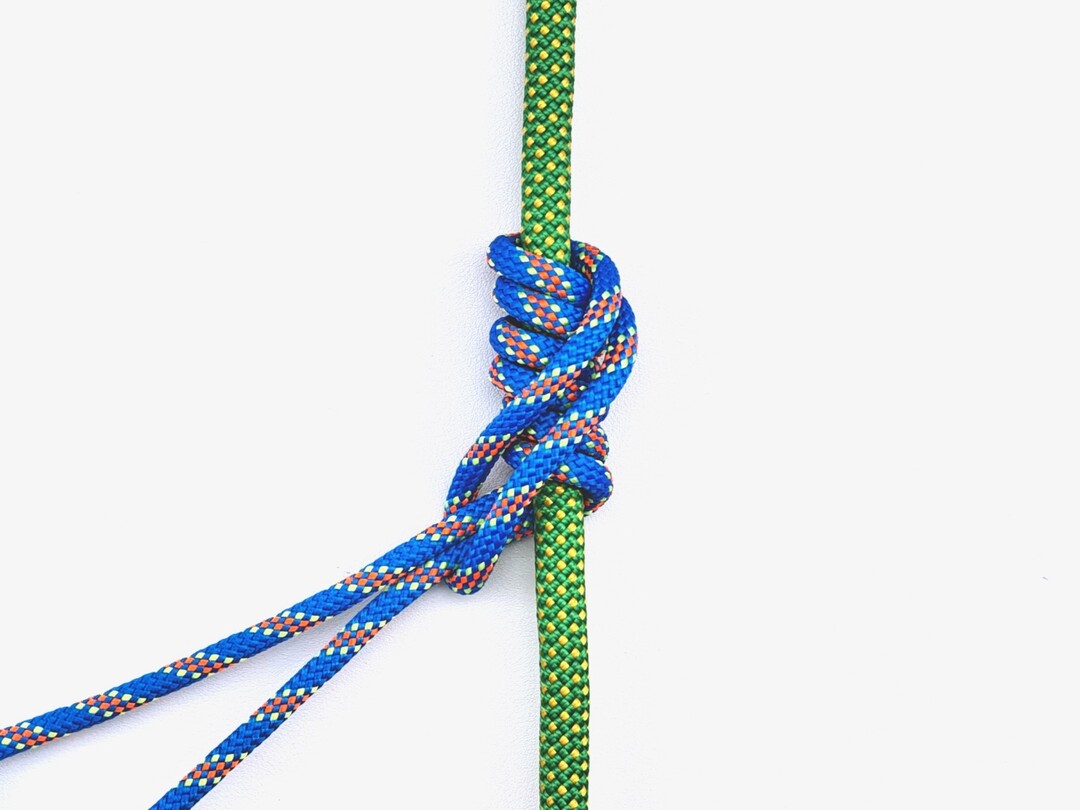
Klemheist Knot
Directional friction hitch for climbing and rescue.
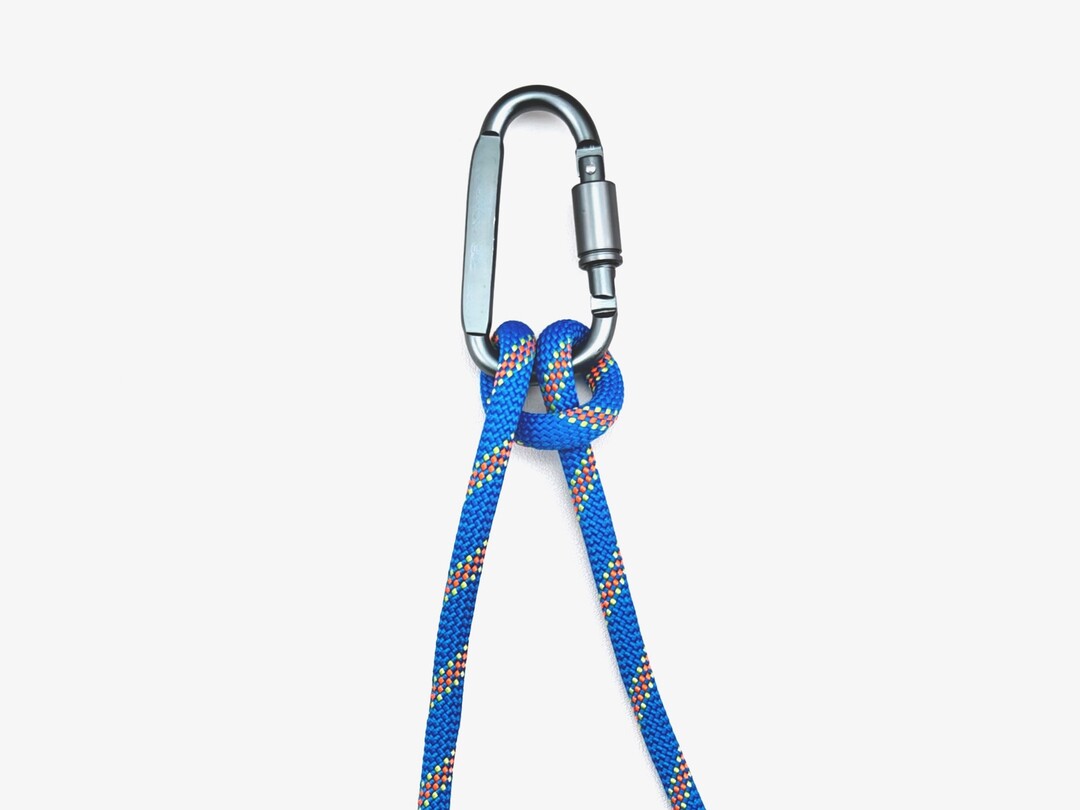
Munter Hitch
Sliding hitch for controlled descents in climbing.
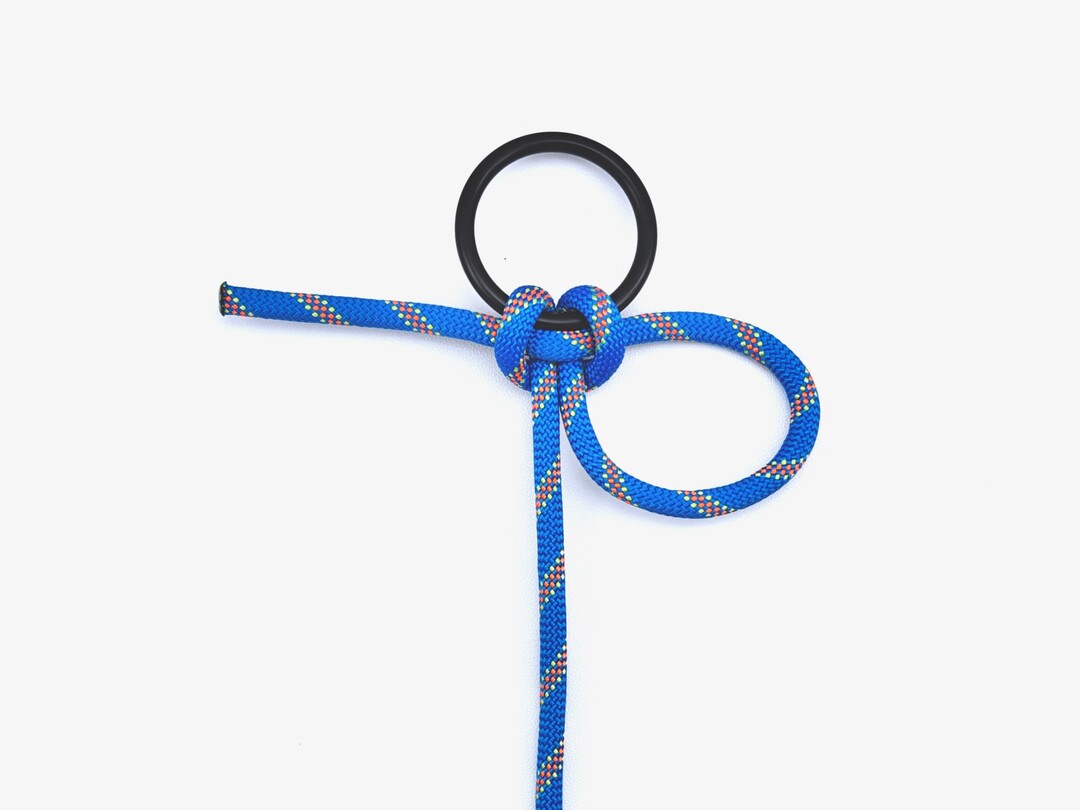
Pedigree Cow Hitch
Secure attachment to rings or poles.
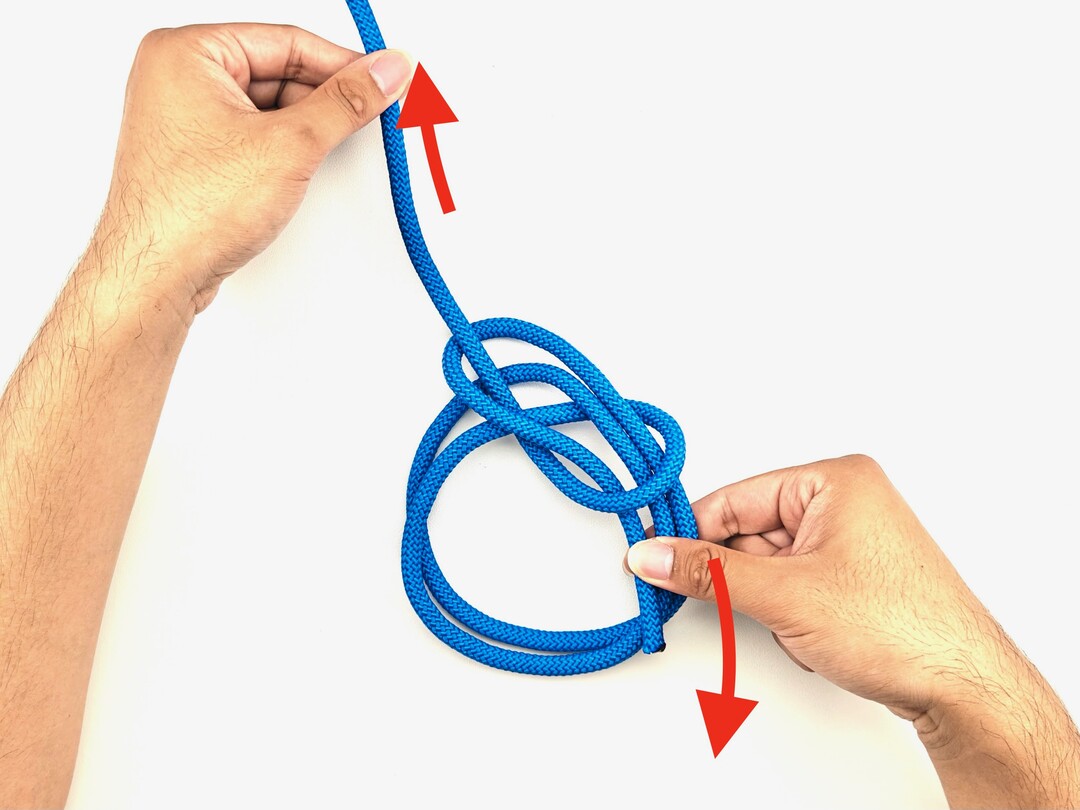
Portuguese Bowline
Creates two adjustable loops for climbing or rescue.

Prusik Knot
Friction hitch for climbing and rescue
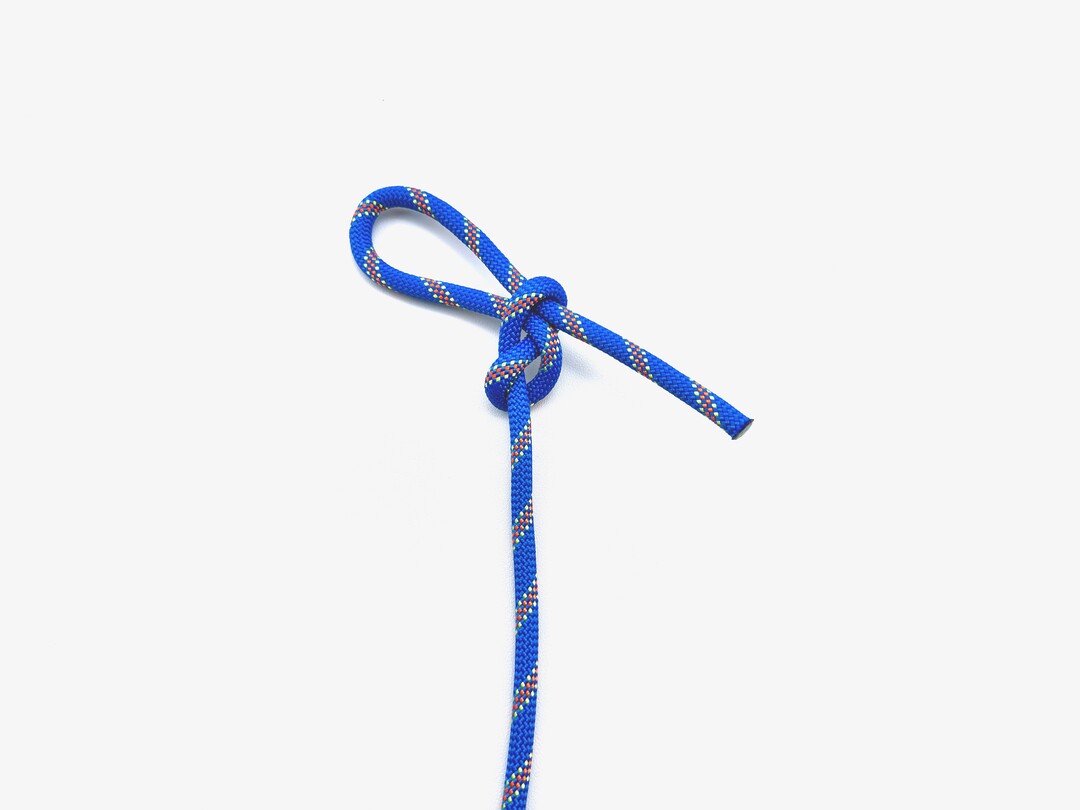
Slipped Figure Eight
Adjustable loop for quick release in climbing/sailing.
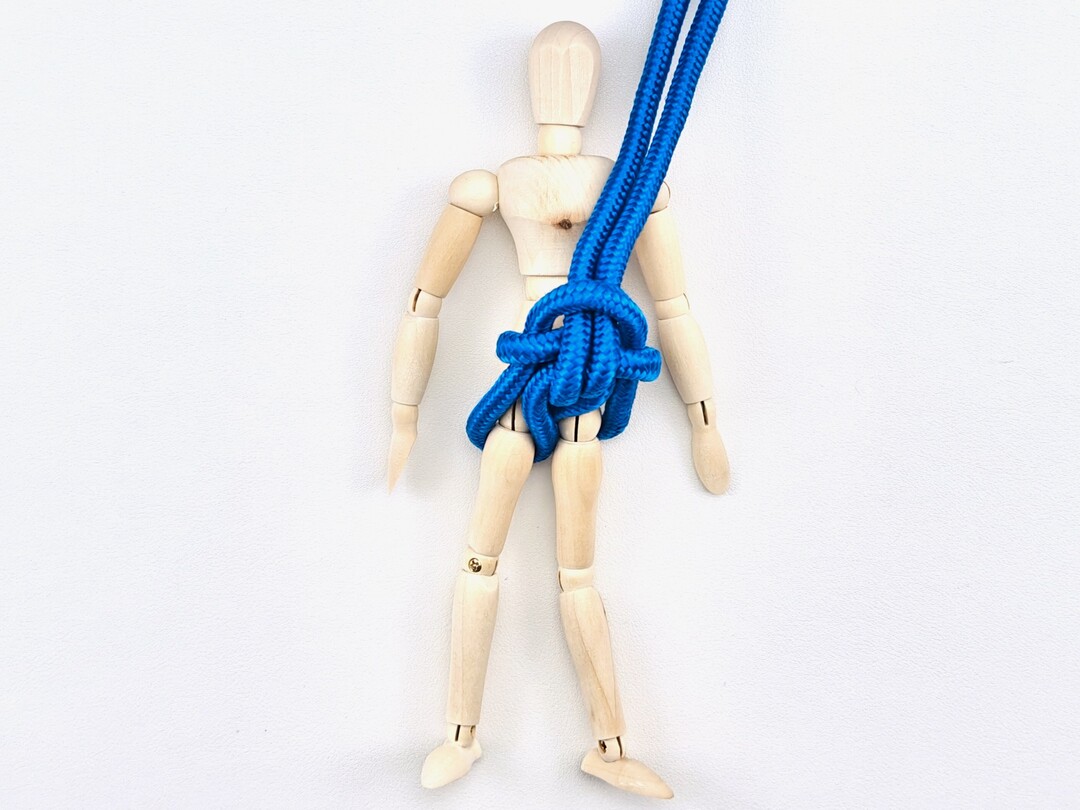
Spanish Bowline
Creates two fixed loops for rescue or load distribution.
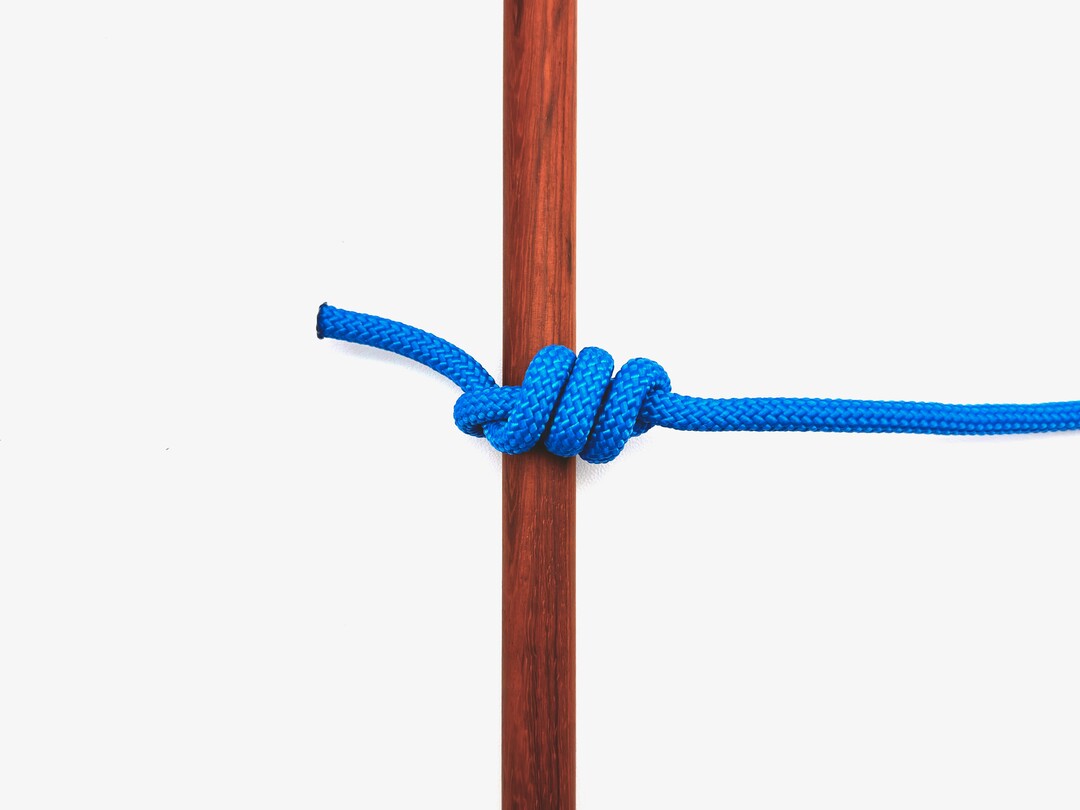
Timber Hitch
Secures ropes to logs for hauling or lifting.
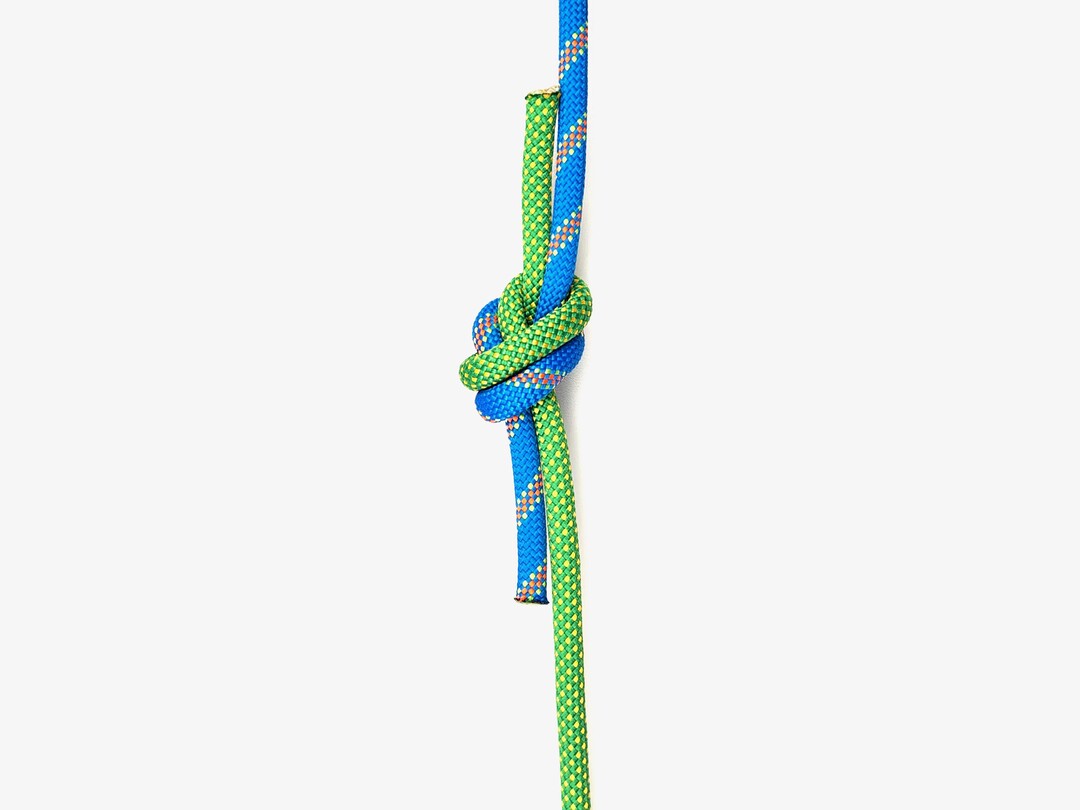
Water Knot
Joins webbing securely for climbing and rescue.
Safety Information
Rope Selection for Rescue
- Static kernmantle ropes are preferred for most rescue operations due to their low stretch and high strength
- Dynamic ropes should be used when there's potential for shock loading on the system
- Rope diameter typically ranges from 10-12.5mm for rescue work, with 11mm being standard
- Consider rope condition, age, and exposure to elements before any rescue operation
Anchor Systems
- Always use redundant anchor points when possible - no single point of failure
- Keep load-sharing angles less than 90 degrees to minimize force multiplication on anchors
- Pre-equalized anchors are preferable when time permits; self-equalizing anchors when speed is critical
- Always back up your primary anchor system with a separate safety system when possible
Practical Tips
- Practice tying all rescue knots regularly, including in darkness and with gloves on
- Always verify knots using the 'dress and stress' method before loading
- Know at least two alternatives for each critical function in case your first choice isn't suitable
- Protect ropes from sharp edges using edge padding or redirect techniques
- Communication is critical - establish clear signals before operations begin
- Document and inspect all equipment regularly according to manufacturer guidelines
- The Tensionless Hitch provides a strong anchor without stressing the rope with sharp bends
Rescue Safety Warning
- Search and Rescue operations are inherently dangerous and should only be performed by properly trained personnel. This guide is for reference only and not a substitute for proper training and certification. Always follow local protocols, use proper equipment, and work within a team structure with appropriate supervision.